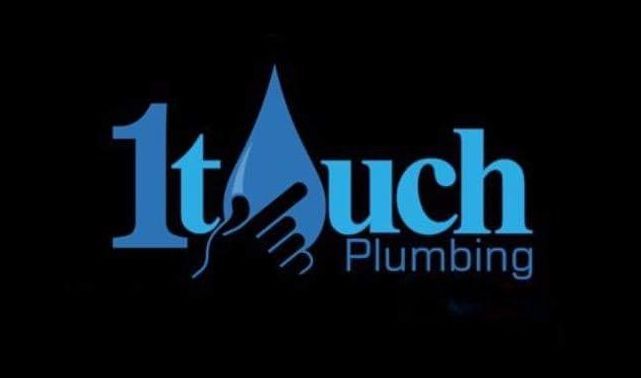How To Clear Blocked Stormwater Pipes
Are you dealing with blocked stormwater drains and pipes? If so, this blog post is the perfect place to start. We’ll cover the common causes of blocked stormwater pipes and provide a step-by-step guide on how to identify the cause and how to clear blockages. Along the way, we’ll discuss useful tips to try if your blockage doesn’t appear too serious or advanced. Whether caused by fallen leaves or something more sinister, understanding how to clear these types of blockages can save you time, money and worry in the long run. So, let’s dive in!
What Causes Blockages?
Stormwater drains and pipes become blocked when they are not properly maintained. The most common blockages in stormwater pipes are caused by leaves, mud and silt build-up, animal wastes and roots from nearby trees. In more extreme cases, collapsed pipes or other structural damage can be the issue.
Poor drainage design is also a major contributor in the blockage of stormwater drains, as inadequate slopes or improper connections between features like gutters and driveway culverts often result in pooling water that can cause obstructions upstream.
Additionally, illegal dumping of oils, solvents and other hazardous materials may cause a build-up of residue in drainage pipes, which will eventually lead to a blockage if not removed in a timely manner. As such, regular inspection, maintenance and clearing of these structures is necessary for them to operate correctly.
Steps To Clear Blocked Stormwater Pipes
- Identify the location of the blockage: Begin by determining the location of the blockage in the pipe. This may require some investigation, such as checking for standing water or using a plumbing snake to locate the obstruction.
- Prepare the area: Make sure the area around the blocked pipe is clear of debris and hazards. If necessary, put on protective gear, such as gloves and a hard hat, to protect yourself while working.
- Use a plunger: If the blockage is relatively small and close to the opening of the pipe, you may be able to clear it using a plunger. Simply place the plunger over the opening of the pipe and push it down repeatedly to create suction that can help to break up and remove the obstruction.
- Use a pipe auger: If the blockage is further down the pipe and a plunger is not effective, you may need to use a pipe auger. This tool consists of a long, flexible cable with an auger head on the end that is designed to break up and remove blockages from pipes. To use a pipe auger, feed the cable into the pipe until it reaches the blockage, and then turn the auger head clockwise to break up and remove the obstruction.
- Flush the pipe: Once the blockage has been removed, flush the pipe with a hose or by running water through it to ensure that any remaining debris has been cleared.
- Inspect the pipe: After the pipe has been cleared, inspect it to determine if any damage has been caused by the blockage. If the pipe is damaged, it may need to be repaired or replaced.
- Call a Plumber: If you are unable to clear the blocked stormwater pipe on your own, it is recommended that you contact a professional plumber for assistance. They will have the necessary tools and expertise to safely clear the blockage and make any necessary repairs to the pipe.
Can A Blocked Pipe Clear On Its Own?
It is possible that a blocked stormwater pipe can clear itself, if the obstruction is not severe. If materials like leaves and silt become clogged in your stormwater pipe, they may naturally loosen over time due to hydraulic pressure. However, if you suspect a much more severe problem such as roots or collapsed pipes, it is recommended that you contact an experienced plumber like 1 Touch Plumbing. Our team of experts will be able to assess the severity of the blockage and if there’s any damage. We’ll sort out your plumbing issue as soon as possible with our quick response time and trademark high standards of workmanship. Don’t leave the clearing of your pipes up to chance, get in touch with us today via our contact form or call us on (07) 4751 7600.










